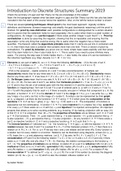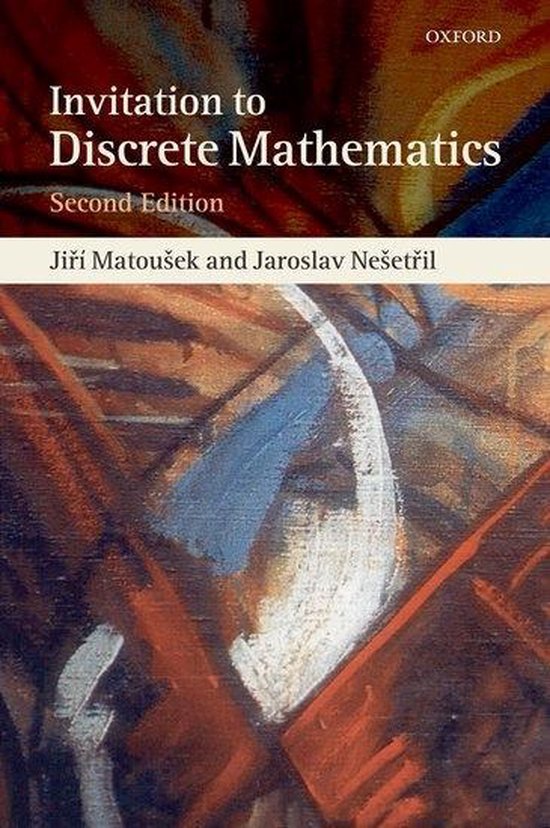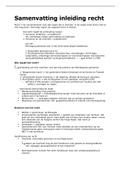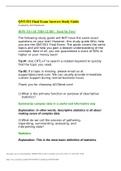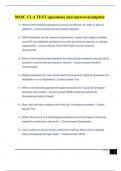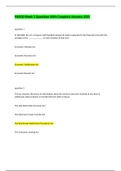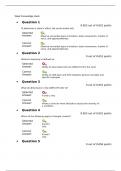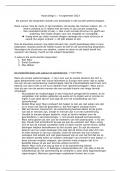Samenvatting
Discrete Structures (2IT80) Summary 2019
- Instelling
- Technische Universiteit Eindhoven (TUE)
EN: Discrete Structures (2IT80) is a course given at Eindhoven University of Technology. It is a mandatory course for Bachelor Computer Science and Engineering students. The course is given in the second quartile of the first year. It goes more in depth about the content from Logic and Set Theory (...
[Meer zien]
